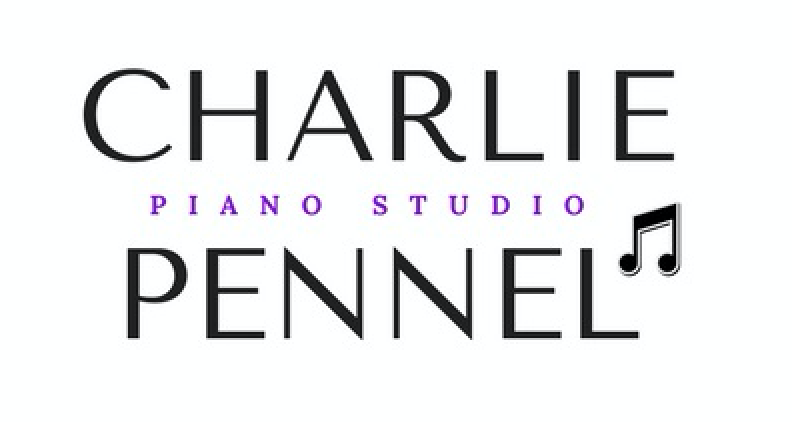Improvisation and the Art of Dreaming
/COURTESY OF CHARLES J. LIMB
Charles Limb, a surgeon and research scientist at the University of California, San Fransisco, (as well as an accomplished jazz saxophonist) demonstrated in a 2008 study that musical improvisation produces a neural state that is "uncannily similar to REM sleep", a time when the brain is at it's creative peak. Nick Zagorski describes the experiment in his article The Science of Improv.
Charles Limb, a surgeon and research scientist at the University of California, San Fransisco, (as well as an accomplished jazz saxophonist) demonstrated in a 2008 study that musical improvisation produces a neural state that is "uncannily similar to REM sleep", a time when the brain is at it's creative peak. Using an fMRI to observe jazz musicians performing various activities, including improvisation, Limb's study revealed the striking neurological transformations that take place during musical improvisation. Howard Zagorski recounts one of Limb's experiments in his article, The Science of Improv.
Admittedly, the logistics were daunting. (Charles) Limb and (Allen) Braun needed to figure out how to get a musician to play an instrument containing no magnetic parts while lying inside a cramped MRI tube. They overcame the technical issue with the help of a California engineer who custom designed a miniature, non-magnetic keyboard and a system of mirrors so the player could see the modified keyboard resting on his knees...
The musicians were asked to perform four different exercises while lying in the fMRI machine. First they played the C-major scale. Then they were asked to improvise on the scale. Next, they played an original blues melody (composed by Limb) that they had memorized, with a pre-recorded jazz quartet playing in the background. Finally, they were set free to improvise their own tune with the same recorded quartet.
When it came time to analyze the brain scans, Limb and Braun found strikingly similar patterns during improvisation—whether with the simple C scale or longer riffs with the jazz quartet. The brain turned off areas linked to self-monitoring and inhibition and turned on those that let self-expression flow. In addition, the brain regions involved with all the senses lit up during improvisation, indicating a heightened state of awareness—the performers literally taste, smell, and feel the air around them. Most fascinating about this aspect of the scans was their uncanny similarity to patterns seen during deep REM sleep, creating a tantalizing notion of a connection between improvisation and dreaming.
- From, The Science of Improv, Peabody Magazine, Fall 2008, by Nick Zagorski.


